Vietnamese Beverages: Basic Overview
Common Ingredients
Common Preparing Methods
Key Taste
Drinking Etiquette
Culinary Festivals
Influence and Fusion
Types of Vietnamese Beverages
-
Distilled Alcoholic
These are strong alcoholic drinks created by distillation, often with a higher alcohol content.
In Vietnam, these alcohols are commonly consumed in small glasses.
They are derived from various grains, especially rice.
-
Fermented Alcoholic
These alcoholic beverages are made through the fermentation process.
They vary in alcohol by volume, from light to heavy.
Bia (beer) and some types of rượu in Vietnam belong to this category.
-
Hot Non-Alcoholic
Hot to warm beverages are enjoyed for their comforting effects.
They are often consumed for relaxation or health benefits.
Drinking hot tea is common in Vietnam. Tea is available in different types, and they are rich in antioxidants.
-
Cold Non-Alcoholic
These options are refreshing and cooling beverages.
They are ideal for hydration and enjoyment, particularly in hot weather in the Central and Southern parts of the country.
Some are fruit-based drinks, which are nutritious with natural sugars.
-
Drink Desserts
Drink desserts are sweet beverages or liquid treats often consumed as a dessert.
Therefore, they are rich in textures.
Vietnamese Beverages: Signature Dishes and Beverages
-
Most Popular Beverages
Beverages that are widely consumed and readily available throughout Vietnam. -
National Beverage
They showcase the nation’s taste and have a certain role in its culture and cuisine.
They are seen as beverage symbols of the country.
As one of the biggest coffee producers in the world, coffee-based options are prominent.
-
Traditional Beverages
Traditional Vietnamese beverages have been part of the nation’s culture for generations.
Some of them are enjoyed during meals or for celebrations.
-
Street Beverages
These are popular and accessible beverages commonly sold by street vendors.
Locals enjoy them for their convenience and refreshing qualities.
-
Fusion Beverages
These beverages combine traditional Vietnamese culture with influences from other cuisines. -
Exotic Beverages
It refers to Vietnamese-style unusual beverages with distinct tastes.
Vietnamese beverages are a part of the country’s cuisine. The drinking culture of this Southeast Asian country is a reflection of the country’s history, geography, climate, and way of life.
It’s common to see locals sipping on various kinds of beverages throughout the day.
It can be a morning coffee to energize a day, an afternoon fruit juice to combat the heat, or an evening beer for friend or family gatherings.
Plus, street-side vendors play a significant part in Vietnam’s drink culture, where people of all ages gather around small tables on the sidewalk, enjoy their beverages, and socialize with others.
For a better view of these drinking options, I’ll walk you through several topics, including Vietnamese beverage influencers and their importance.
Moreover, you’ll learn more about Vietnamese drinking culture with some tips to enhance your experience while enjoying these refreshments.
The last part is about some common questions about these offerings with their short answers. For more details, you can check the filter part or search for your favorite drink quickly. Read on!
Vietnamese Beverage Images
List of Vietnamese Beverages with Filters
#1
in Vietnam
#2
in Vietnam
#3
in Vietnam
#4
in Vietnam
#5
in Vietnam
#6
in Vietnam
#7
in Vietnam
#8
in Vietnam
#9
in Vietnam
#10
in Vietnam
#11
in Vietnam
#12
in Vietnam
#13
in Vietnam
#14
in Vietnam
What Are the Factors That Influence Vietnamese Beverages?
Below are three main factors that significantly impacted on the beverages of Vietnam, enhancing their diversity in flavor.
Historical Influences
Over a thousand years of Chinese rule introduced the concept of food and drink as medicine, notably drinking trà (tea) and nước sâm.
Plus, the French colonization in the 1800s introduced coffee to Vietnam. It has led to the development of Vietnamese coffee culture, with the most famous beverages called cà phê đá or cà phê sữa đá.
Geographical and Climatic Impacts
Vietnam’s tropical climate and fertile lands are natural gifts. That’s why the nation has abundant ingredients to make drinks, such as fresh fruits, plants, rice, beans, and more.
Vietnamese Innovation
The creativity and adaptability of the Vietnamese people have led to the development of unique beverages that blend traditional methods with new influences.
For example, the adaptation of making craft beer has bloomed in the Vietnamese beer industry. Local craft breweries are blending traditional brewing methods with local ingredients and flavors.
Besides the above factors, these drink choices are also essential in this country’s culture.
What Is the Importance of Vietnamese Beverages In Culture?
The significance of beverages in Vietnamese cuisine can be understood through the following aspects:
Social Interaction and Hospitality
In Vietnam, offering a beverage is a sign of hospitality and respect.
Whether it’s tea in a family setting or a local bia (Vietnamese beer), sharing a drink is one of the best ways to increase social connections and family ties.
Representation of Regional Diversity
Vietnam’s diverse geography and climate result in many regional beverages.
Some are created to enjoy hot, especially in North Vietnam in winter. Some are typically served with ice, ideal for hot weather in the Southern region.
Health and Well-being
Many Vietnamese beverages, especially teas and herbal drinks, are deeply rooted in traditional medicine.
Tourism Appeal
The beverage culture of Vietnam, especially its coffee culture, has become an attraction for tourists.
For travelers, they can find many choices on the streets across the country, from refreshing nước mía
(sugarcane juice) to classic cà phê đá. They are especially cheap, ranging from 0.8 to 2 USD.Now, let’s move to the next part to uncover the drink traditions in this country.
What Is the Drinking Culture in Vietnam?
Vietnam’s drinking culture is rich and reflects the nation’s lifestyle, history, and traditions. The following are four important aspects of this culture.
Tea Culture
Tea holds a special place in Vietnamese culture.
Vietnamese people love to enjoy tea at home and often use it as a gesture to welcome guests.
Coffee Culture
According to the International Coffee Organization’s Annual Review 2021/2022, Vietnam was the world’s second-largest coffee producer, with 2.4 tons of coffee per hectare.
So the drinking coffee habit in this country is prominent and deeply ingrained in locals’ daily lives.
Alcoholic Drinking Culture
Alcohol consumption in Vietnam is primarily dominated by beer, accounting for 91.5% of all alcoholic drinks, followed by spirits at 7.7% and wine at 0.8%, as reported by the World Health Organization (WHO).
Bia is sipped in many local bars, street vendors, and restaurants. Bia hơi, an unpasteurized type of Vietnamese beer, is one of the unique varieties.
Festive Drinking
Vietnamese prefer to drink, especially alcoholics, during festivals and celebrations.
These drinks are often paired with traditional foods, which is also one of the ideal tips to fully experience Vietnamese cuisine.
What Are Tips to Enjoy Beverages in Vietnam?
Here are five crucial tips to make the most of your sipping beverage experience in Vietnam.
Try Local Specialties
Don’t miss any chance to try regional drinks. Some great examples are rượu cần, soda trứng, cà phê trứng, etc.
Sip Drinks on the Streets
Street-side drinking is a very common concept in Vietnam. You’ll find many locals and tourists gathering around small tables and enjoying their drinks on the sidewalks.
These places are ideal social hubs where people share their stories, relax, and enjoy the busy environments around them.
Learn the Art of Coffee Preparation
Vietnamese coffee has a unique preparation as it requires a coffee set with filters. Watching the drip filter process to brew coffee is a good experience.
Enjoy Beverages as Part of a Meal
Beverages are often enjoyed alongside meals in Vietnam. They can be non-alcoholic drinks (e.g., trà, cà phê đá, nước mía) or alcoholic ones (e.g., rượu, bia).
More particularly, there are several light snacks that you can enjoy with your beer, like roasted peanuts, beef jerky, cold cuts, or grilled skewered meat.
Know Drinking Etiquette
When drinking, especially alcohol, in a group, it’s polite to wait for a toast before starting. “Một, hai, ba, dô/vô” is a common toast, meaning “One, two, three, cheers.”
Lastly, be sure to check out the FAQs section for additional insights into these wonderful specialties.



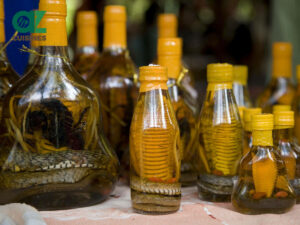
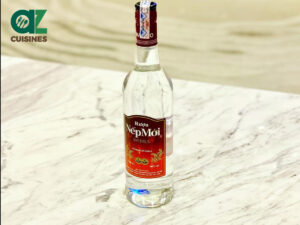
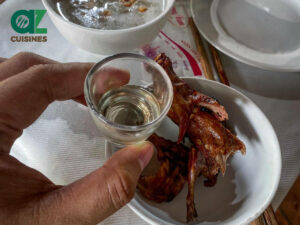
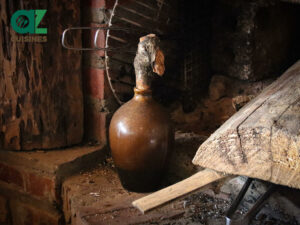

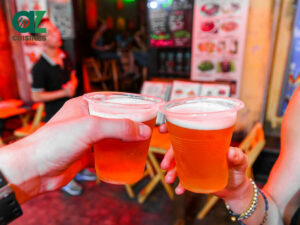
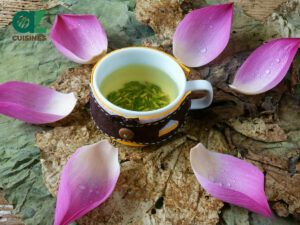
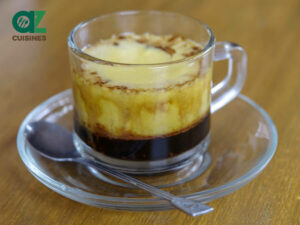
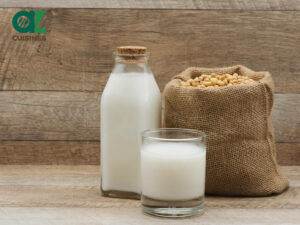
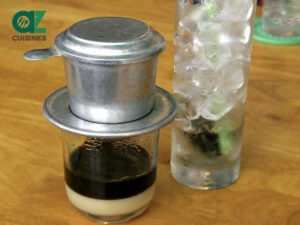
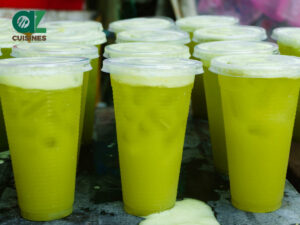

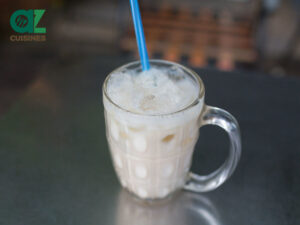
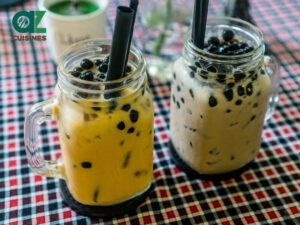
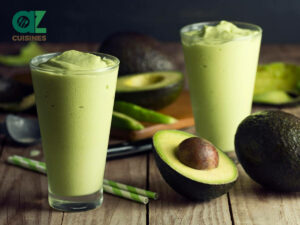
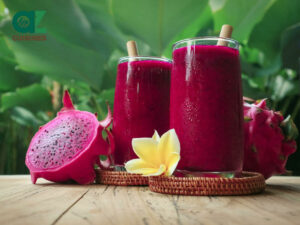

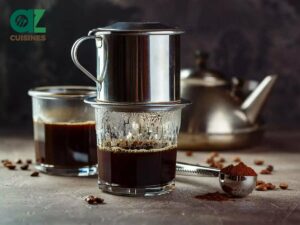
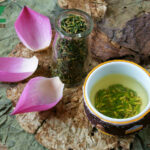
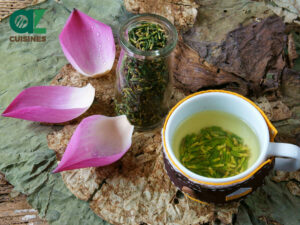
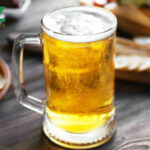
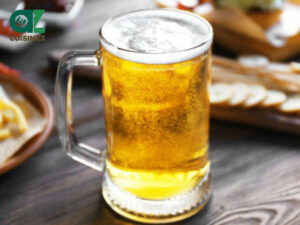
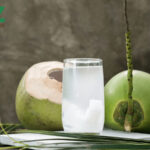

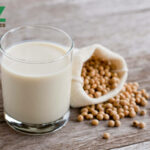



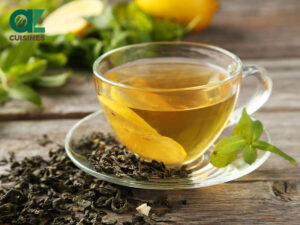

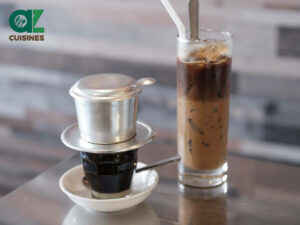
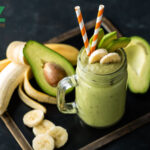
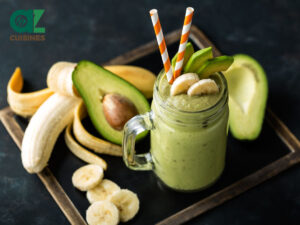
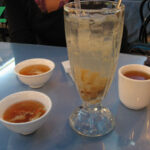

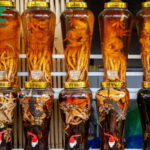
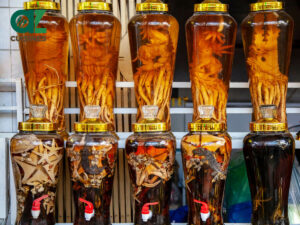

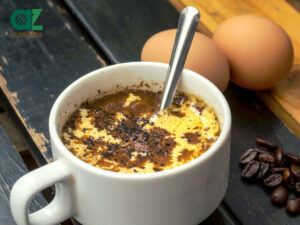

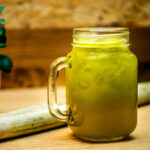
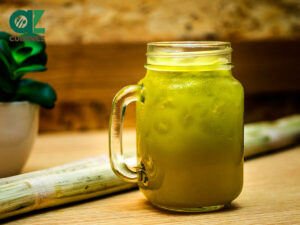

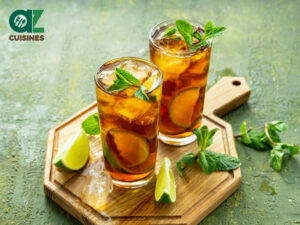



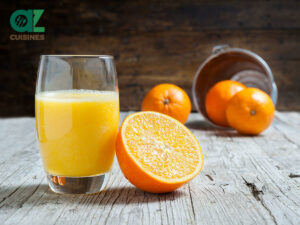

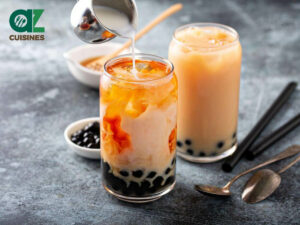
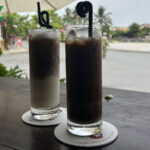
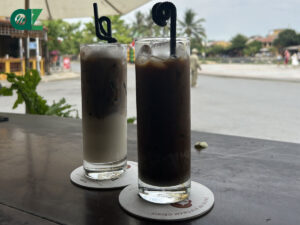



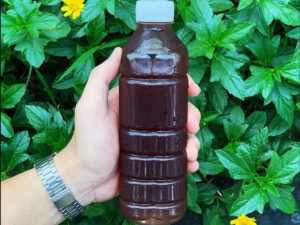
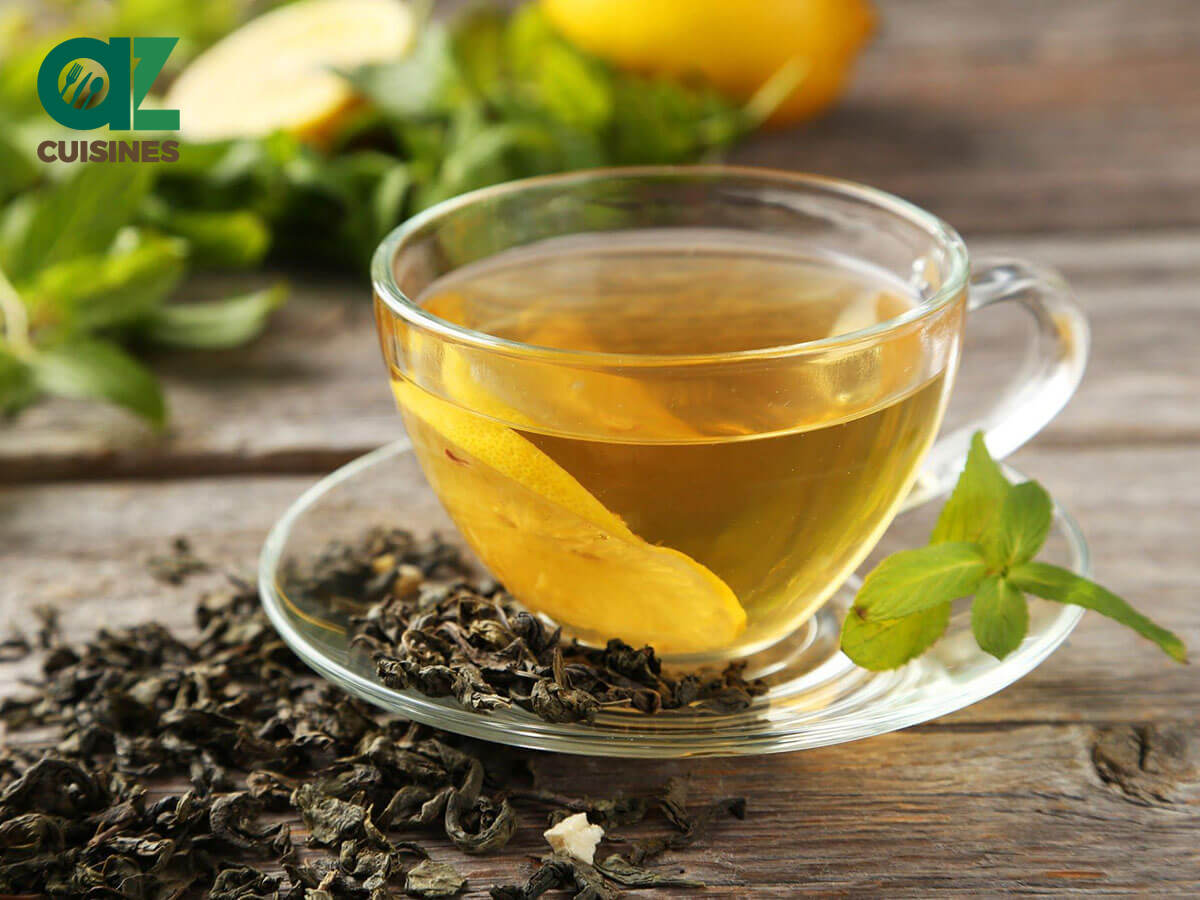
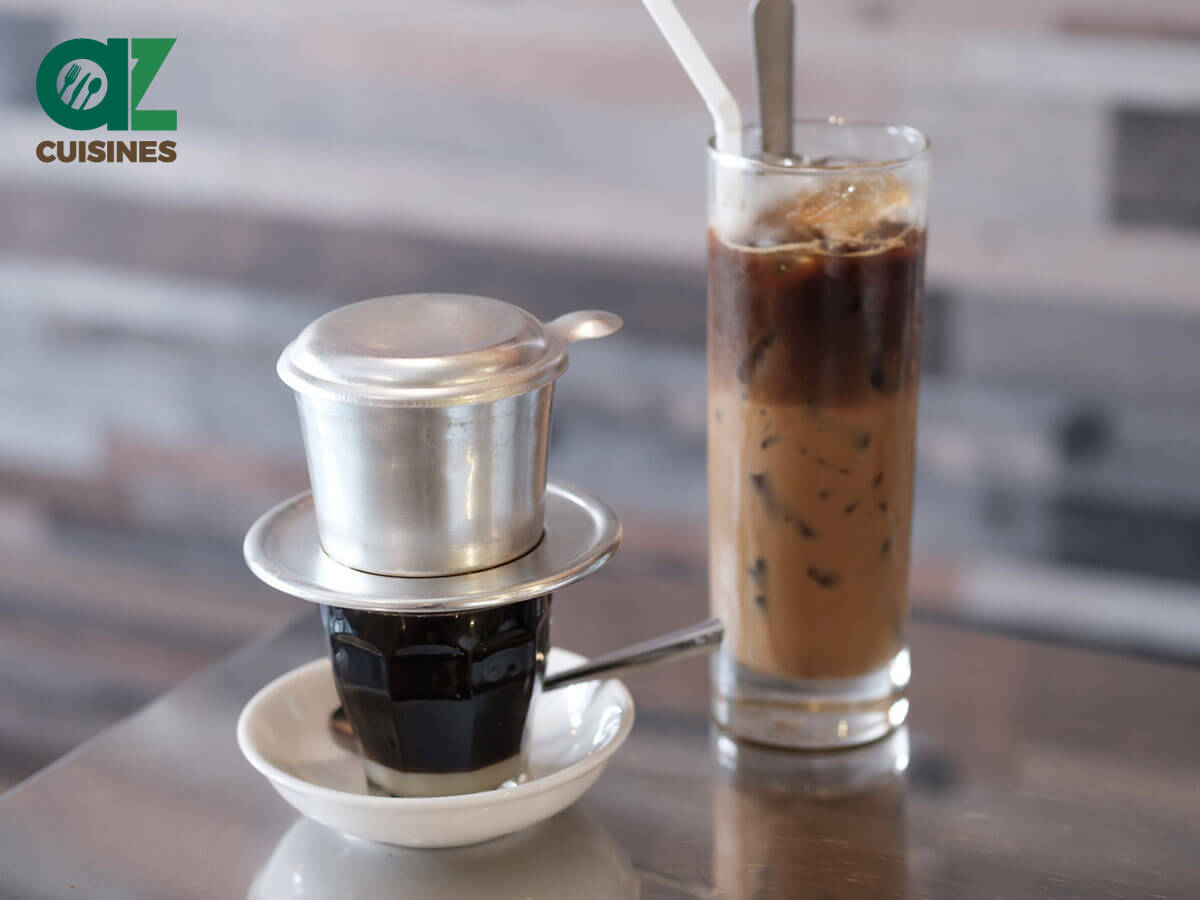
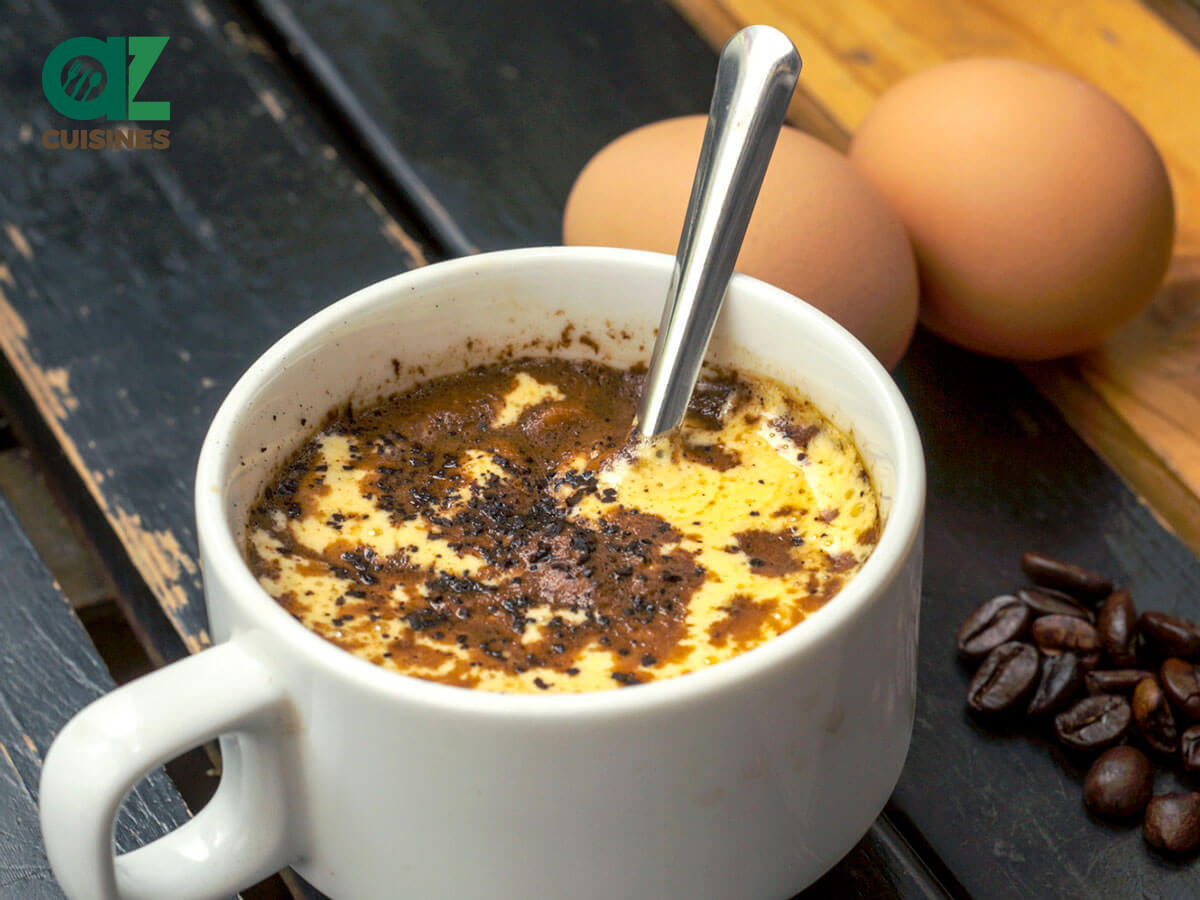

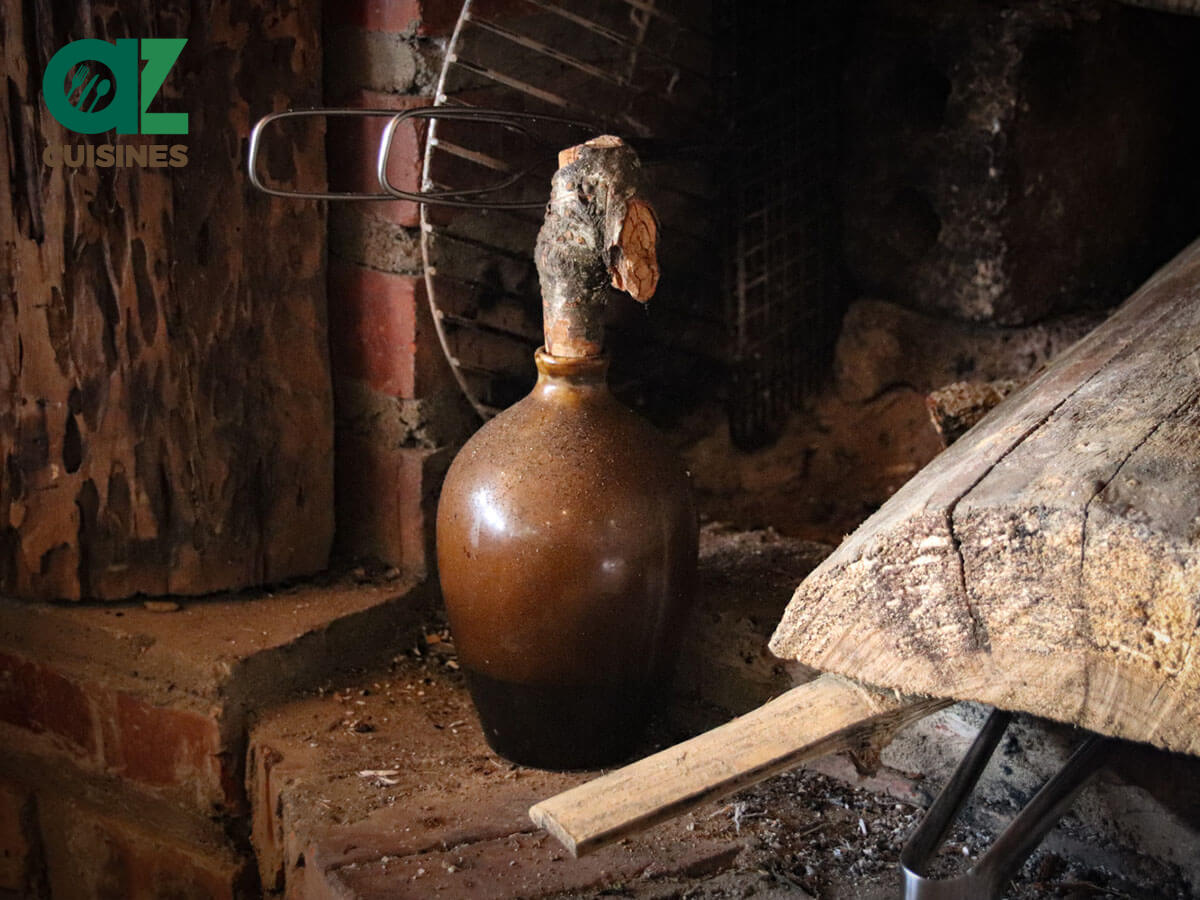

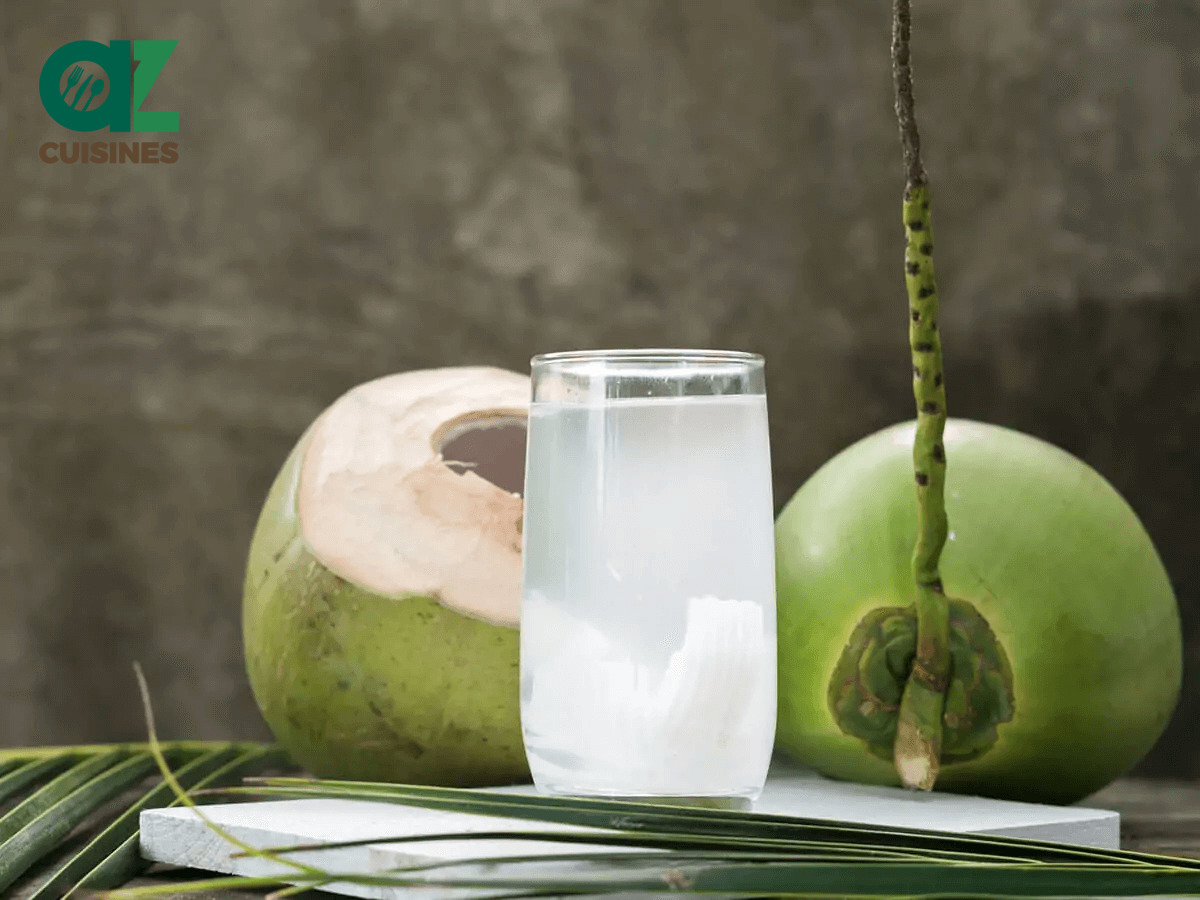
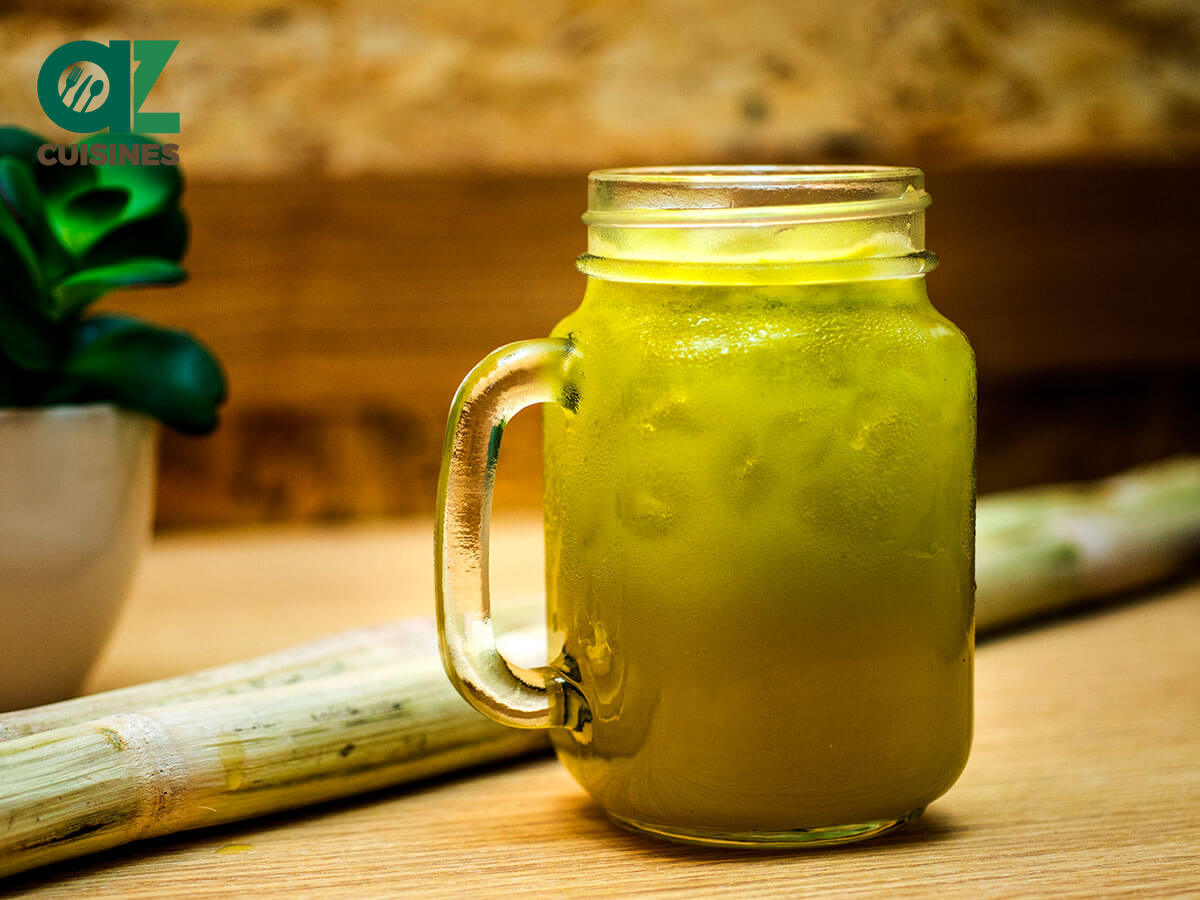
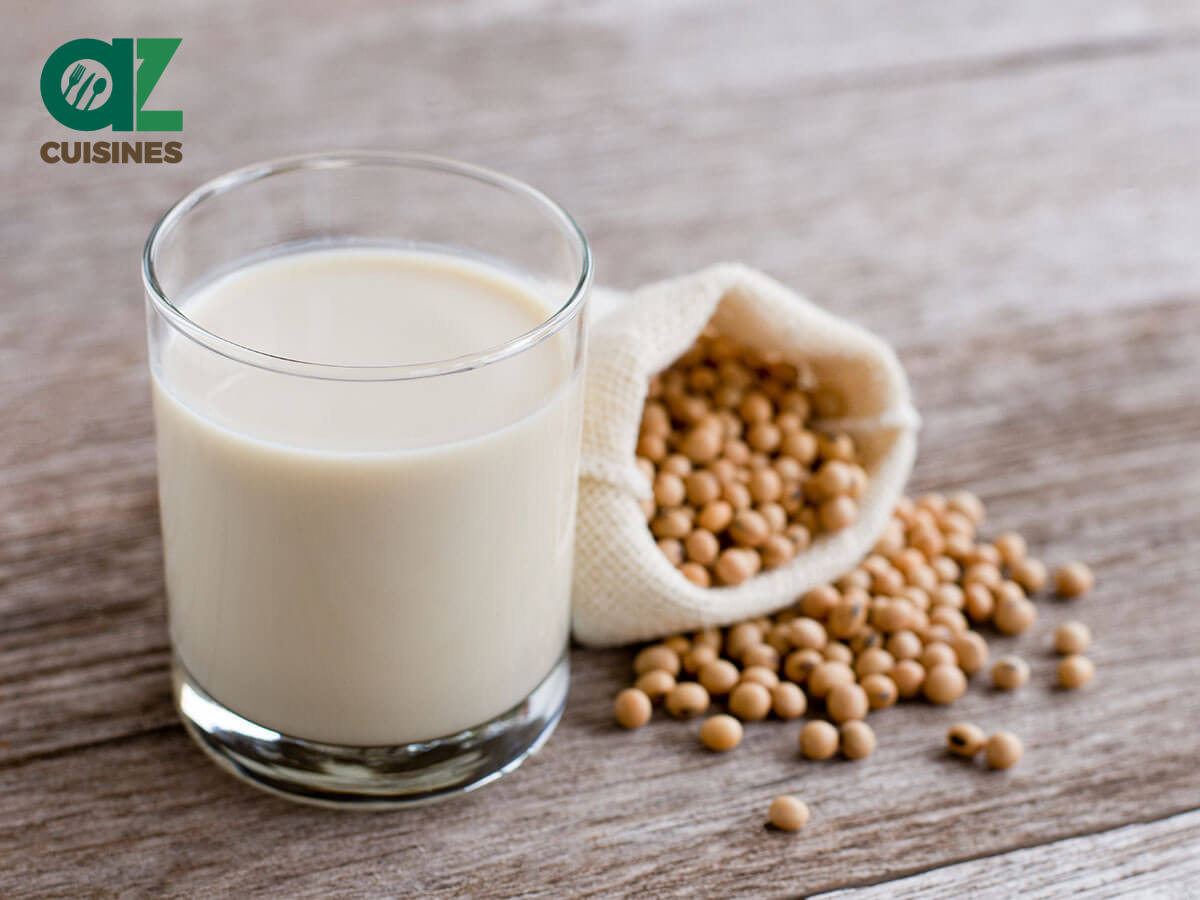

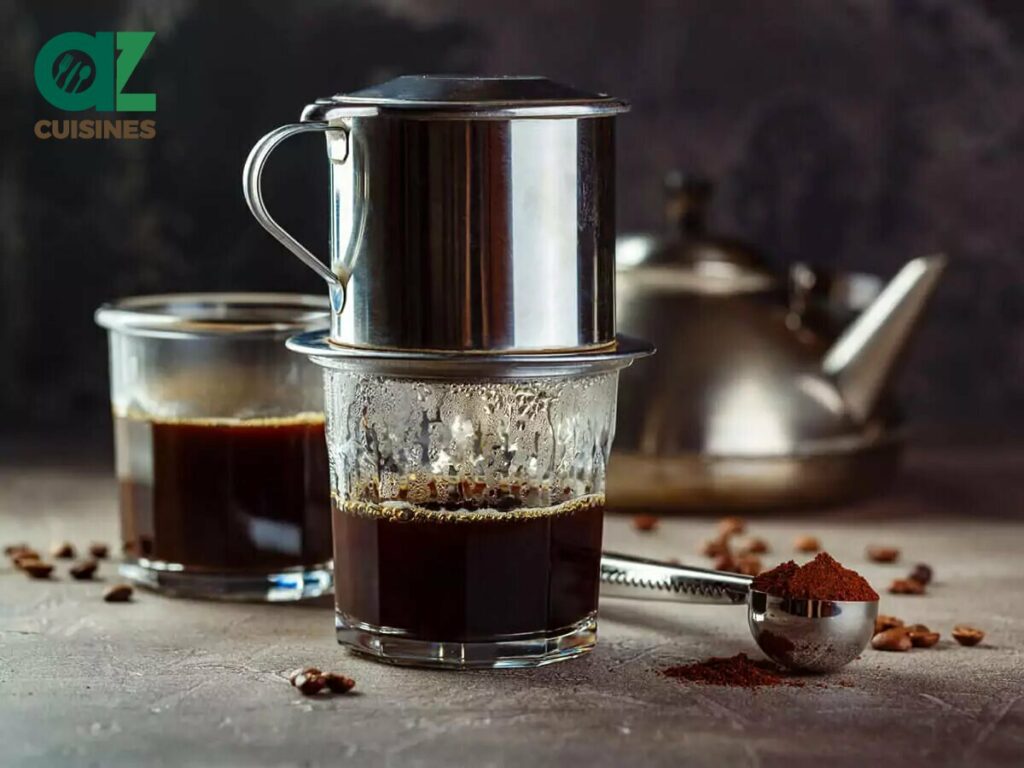
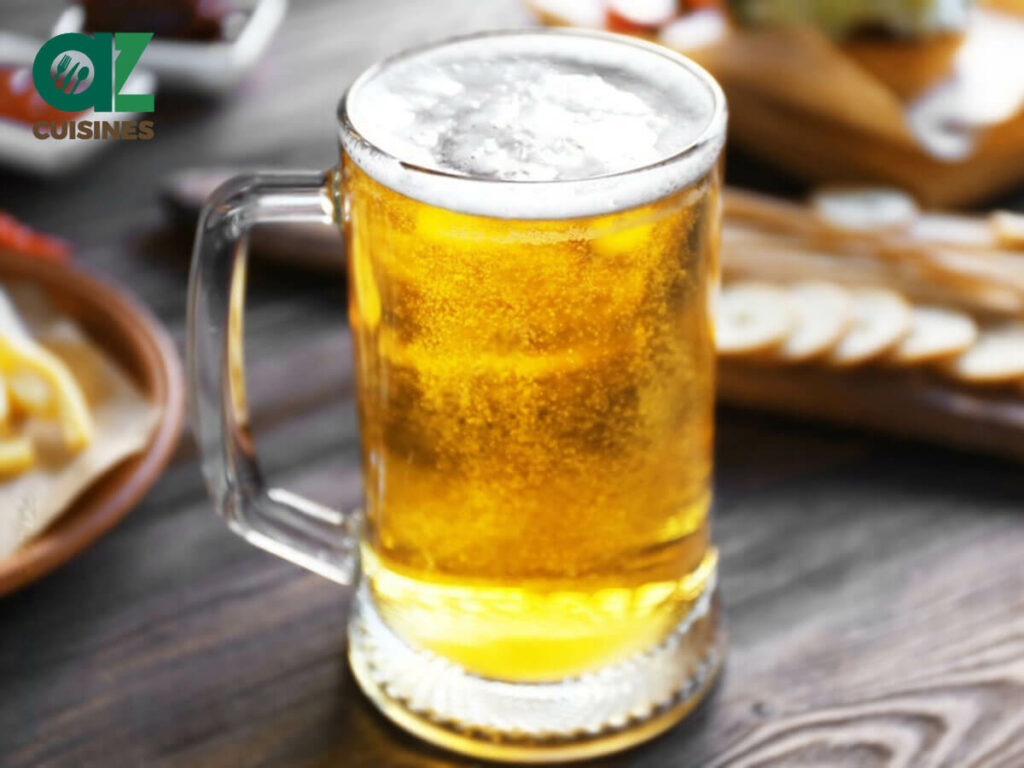
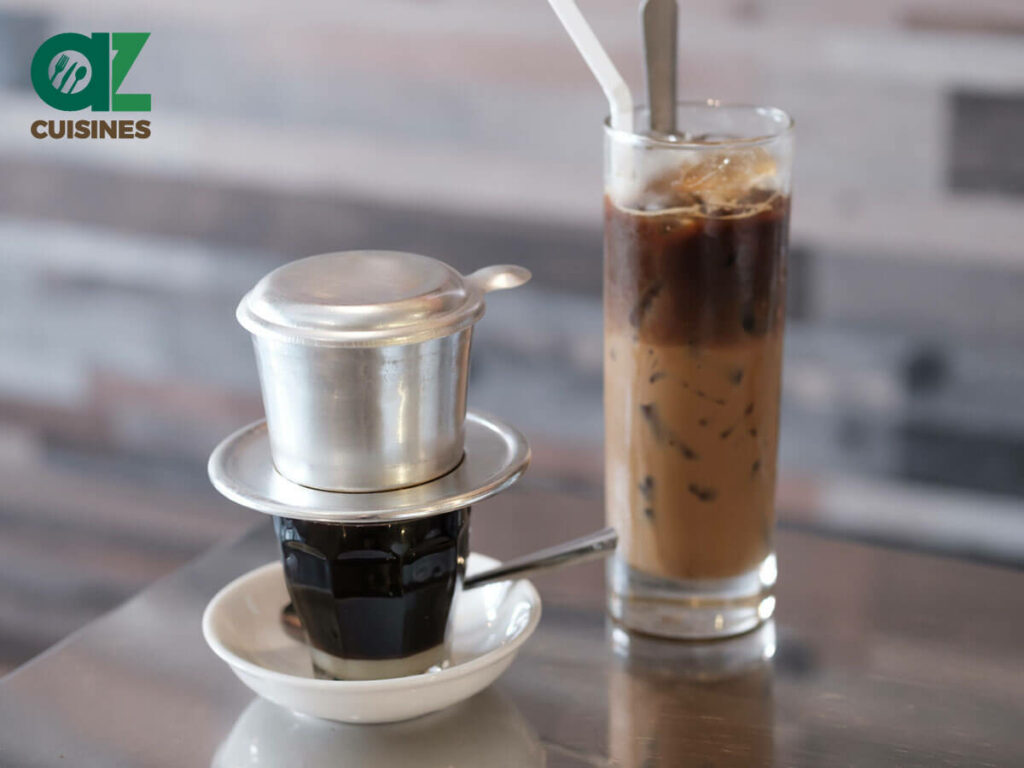
Truc Tran (Kris)
Senior Food Editor
Expertise
Home Cooking, Meal Planning, Recipe Development, Baking and Pastry, Food Editor, Cooking-video Maker, Vietnamese Food Evaluation Expert
Education
Truc Tran (Kris), an experienced food writer and editor, is great at exploring and describing global cuisines, from simple street food to fancy dining. In her writing, she skillfully mixes different flavors, cooking methods, and culinary traditions, showing the unique character of various cultures through their food and drinks. On azcuisines.com, Kris highlights her knowledge, especially in Asian cuisine and worldwide traditional dishes.